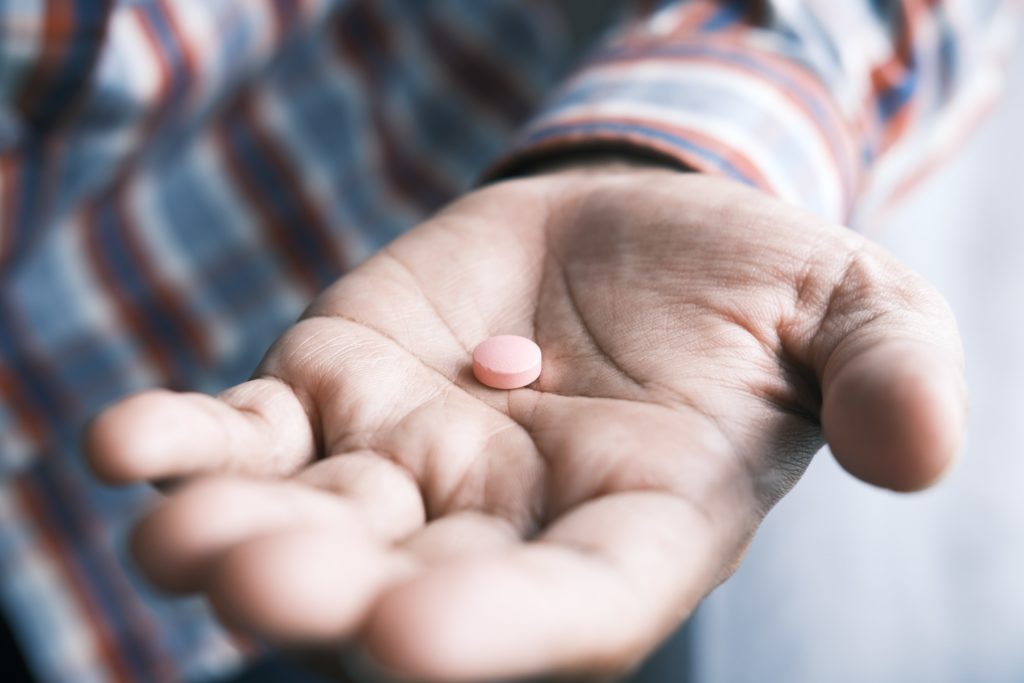Everything You Need to Know About Buprenorphine
Last Updated on September 6, 2022

Table of contents
Withdrawing from opioids is often much more manageable when symptoms are being controlled with an addiction medication like Buprenorphine. But what exactly is Buprenorphine and what does it do? Here’s everything you need to know about the addiction medication Buprenorphine.
What is Buprenorphine?
Buprenorphine is an FDA-approved medication that provides acute and chronic pain relief caused by withdrawal from opioid dependence. It is also a Schedule III controlled substance which means it has a low to moderate potential for abuse. In combination with professional supervision and behavioral therapy, buprenorphine provides safe and controlled withdrawal from opioid addiction.
Types
There are several different modes by which Buprenorphine can be administered. These modes are dependent on a couple of key factors but the most decisive factor is the severity of the addiction. Furthermore, these types of administration include injection, oral, and transdermal.
Injection
Buprenorphine injections are extended release, meaning they are long-lasting and slowly release the medicine over a period of 26 to 30 days. As a result, these injections are meant to be administered on a monthly basis.
Oral
A physician may administer Buprenorphine orally either in the form of sublingual tablets or strips. Tablets are placed under the tongue and given time to dissolve, increasing maximum absorption. If the tablets are swallowed, they will still have an effect but much less than initially desired. Additionally, strips are placed on the tongue and allowed to dissolve.
Transdermal (Patch)
Patches are placed on clean, dry, and hairless skin such as the upper arm, chest, or back. They are not to be exposed to excessive heat as this can increase the rate of absorption and lead to complications. Additionally, patches are to be continuously worn for seven days.
Phases
A physician administers Buprenorphine in three phases to monitor side effects and adjust dosage as needed.
Induction
A physician administers and monitors Introductory doses to individuals who have abstained from opioids for 12 to 24 hours.
Stabilization
This phase occurs once the individual is no longer using or experiencing cravings for opioids at which point a physician will reduce the dosage.
Maintenance
Buprenorphine maintenance is indefinite in some cases but in cases where an individual is stable, the process of withdrawal can begin. This process is not as severe as the initial withdrawal from opioids and it is a slow, incremental reduction in dosage under medical supervision.
Side Effects
Some common side effects of Buprenorphine include:
- Body Aches
- Insomnia
- Irritability
- Fever
- Nausea/Vomiting
Nova Recovery Center
Nova Recovery Center tailors individualized treatment including addiction medication if it’s necessary. Our qualified staff dedicates themselves to a healthy and safe environment that fosters growth and lasting recovery. Additionally, we have drug rehab facilities conveniently located in Wimberley, Houston, and Austin Texas. If you or someone you know are struggling with addiction and looking for options in treatment, Nova Recovery Center can provide support. Call (888) 427 – 4932 today for more information on our individualized programs and amenities.

